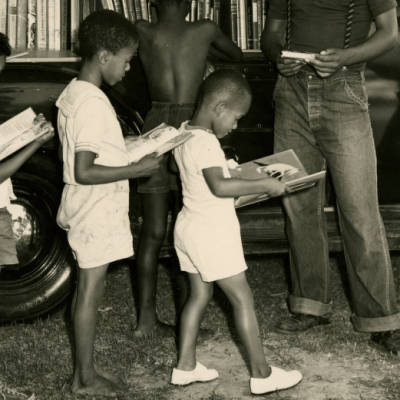One of my favorite “theater books” is William Ball’s A Sense of Direction: Some Observations on the Art of Directing (1984), which is so stuffed with wisdom that on my first read I found myself underlining half or more of every page until I gave up and scribbled inside the cover, “Read every year.” His deeply informed advice includes a section on choosing a central metaphor for a play, usually a painting or photo that in turn affects colors, textures, timing, light, context. I thought about this a lot in my few primitive attempts to direct scenes, including a 10-minute pastiche from The Whistler back in January 2011, in which I relied on a Lucas Cranach oil painting of Adam and Eve. One of Ball’s points is that choosing the right limitations (or having them chosen for you) moves a project forward, gives it flavor, nuance, inventiveness. And that without limitations, whether the mask of a centuries-old painting or a thing so pedestrian as a budget, we artists will dawdle indefinitely.
I thought about his observation that limitation frees creativity last weekend after receiving a call from my Cincinnati co-producer of The Whistler, Carol Brammer of the Clifton Performance Theatre. The actors had convened on a Thursday night for a first full table reading, and had agreed that the script as presented was untenable. Not too surprising for a new, un-workshopped play, but a disagreeable conclusion to hear if you’re the playwright. Once my ego recovered, I was thrilled to realize that I had just heard specific, useable advice: eight people with decades of combined theatrical experience had actually read my play so closely and sympathetically that they could advise me on just where to insert the scalpel. Conveniently, the advice came in notes from a ten-minute phone call so it wasn’t so exhaustive or so specific that the constraints it imposed were irritating. Instead they liberated me: to cut several scenes from a two-hour and fifteen minute juggernaut; to simplify music cues; and to rewrite an ending that has troubled every reader of the piece since its inception. And precisely because I have lived with my six characters and their narrative for three long years, I was able to do it in a single weekend. I sacrificed some of the play’s charm but none of its beauty.

